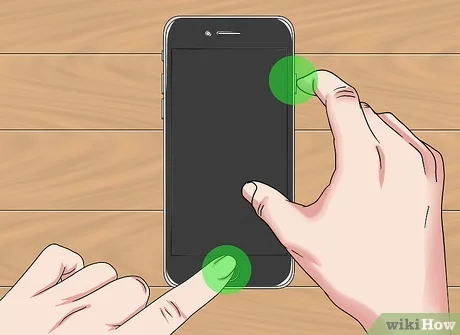How to Identify a Queen Ant: 8 Steps

Introduction:
Ants are fascinating creatures that live in highly organized colonies. Among the different members of an ant colony, queen ants hold the most important role as they are the primary reproducers. If you’re interested in studying ants or starting your own ant farm, it’s essential to know how to identify a queen ant. In this article, we will provide you with 8 steps to help you identify a queen ant successfully.
1. Observe the size:
Queen ants are generally larger than worker ants and male ants. They have more robust bodies and longer abdomens than other members of the colony. If you notice an ant that is significantly larger than others around it, it’s likely a queen.
2. Look for wings or wing scars:
Reproductive ants, including queens and males, initially have wings used for mating flights (called alates). Once a female ant has mated and becomes a queen, she will shed her wings. Look for either wings or wing scars on the thorax of the ant to determine if it’s a queen.
3. Check for a larger thorax:
Queen ants haver a more prominent thorax than worker ants because of their wing muscles needed for nuptial flight. Even after shedding her wings, the queen’s thorax will remain noticeably larger compared to workers.
4. Examine the shape of the abdomen:
The abdomen of a queen ant is more rounded and large compared to worker ants’ slender abdomens. This enlargement is due to their reproductive organs and the ability to store sperm from mating flights.
5. Observe behavior:
Queen ants usually stay within the nest or close to it and are surrounded by worker ants tending to her needs. Queens can be relatively inactive compared to worker ants since they focus primarily on laying eggs.
6. Identify male ants:
Male ants also have wings, which can make identification more challenging, but they have slender bodies and smaller heads than queen ants. So, identifying male ants can help you rule them out when searching for a queen.
7. Be mindful of the season:
Nuptial flights, during which males and virgin queens mate, usually occur during specific seasons, depending on the ant species. If you’re trying to identify a queen ant in the wild, it’s essential to keep in mind that finding one during nuptial flight season will be easier.
8. Consult an expert:
If you’re unsure about identifying a queen ant, consider reaching out to entomologists or joining an online forum dedicated to ant enthusiasts. Sharing pictures and discussing your observations with experts can help you improve your ant identification skills.
Conclusion:
Knowing how to identify a queen ant is crucial for anyone interested in studying ants or starting an ant farm. With practice and a keen eye for detail, you’ll be able to differentiate between the various members of an ant colony and better understand their fascinating social structure.


